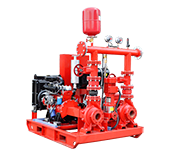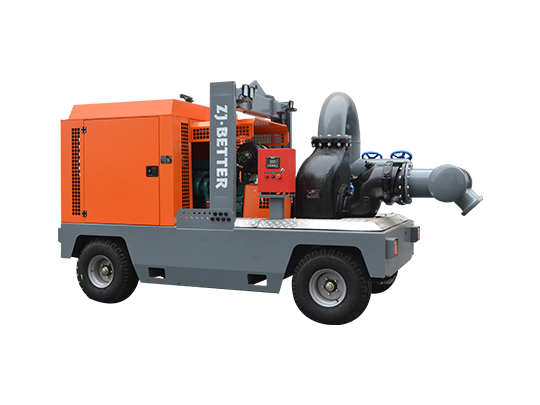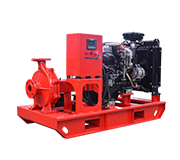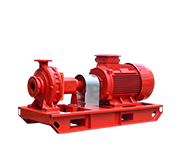.jpg)
1. Pressure capabilities
The multiple impellers of a multistage centrifugal pump are all installed and rotated on the same shaft, and essentially act like separate pumps. This mean that as the flow progresses from one stage to the next, the head increases approximately by the same amount, resulting in the multistage pump design having much higher pressure capabilities than a single impeller is able to alone.
With the above in mind, multistage centrifugal pumps are often selected when the pressure requirements of the application exceed the capabilities of a single stage pump. For example, perhaps the fluid must be moved over a very large distance with considerable friction loss, which in most scenarios is achieved via multiple impellers. A typical example of this may be providing water supply to the top of tall buildings or towers. Single stage centrifugal pumps are on the other hand the better suited solution in higher flow, lower pressure installations.
2. Efficiency
As multistage pumps reply on multiple impellers used to impart energy into the fluid being handed, each impeller can be smaller in diameter than it would be alone and can operate with tighter clearances between the impeller and volute. These smaller tolerances mean that each impeller operates closely to its best hydraulic efficiency. The result of this is that multistage centrifugal pumps are able to achieve higher performance with a smaller motor size and using less energy.






